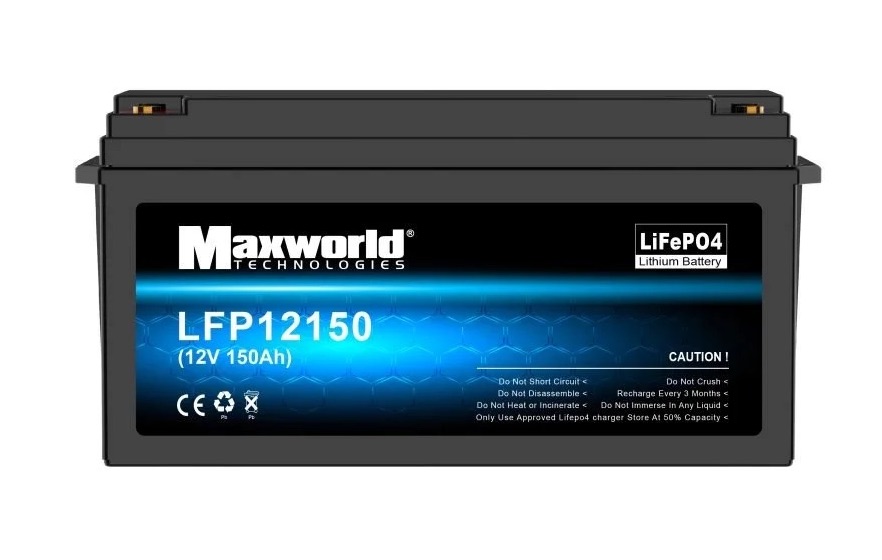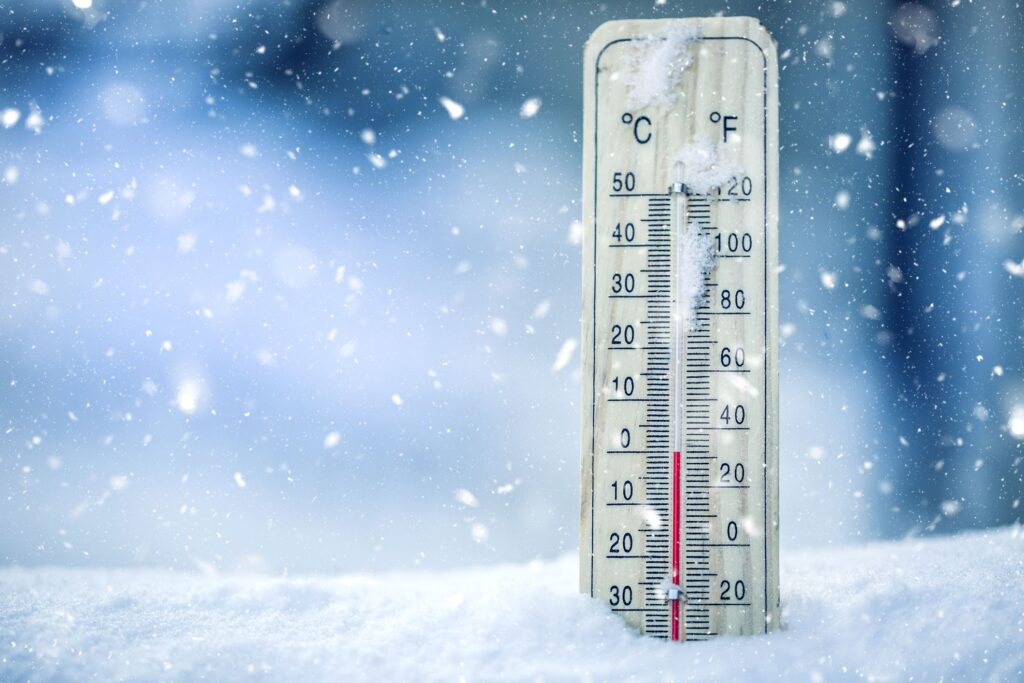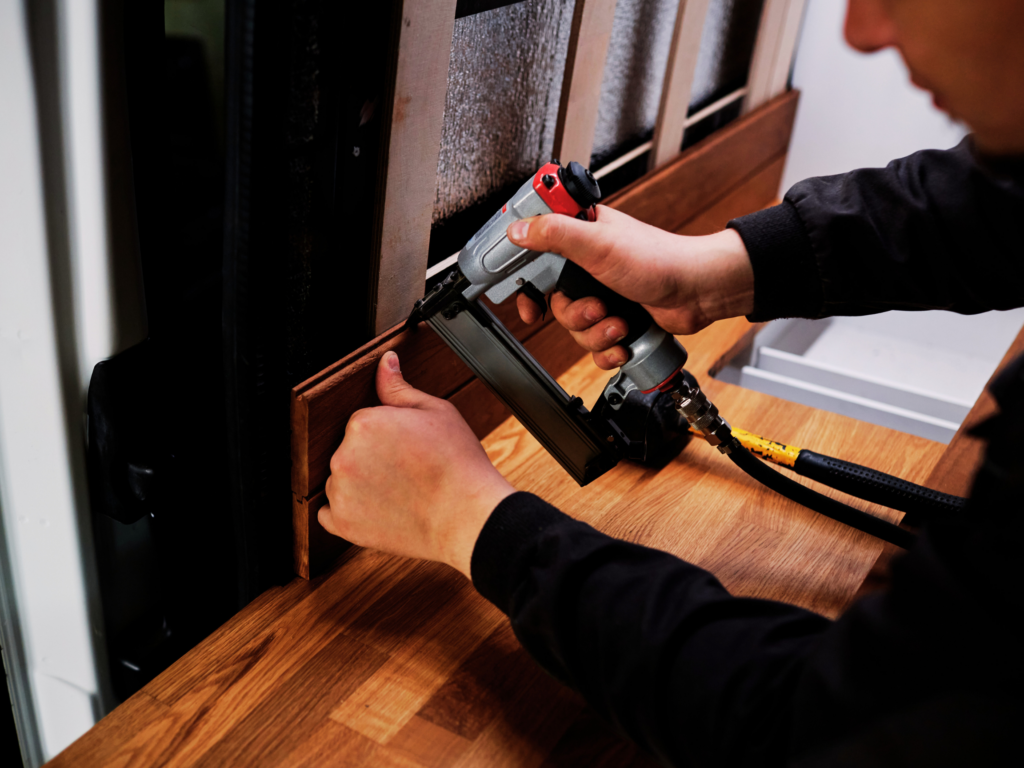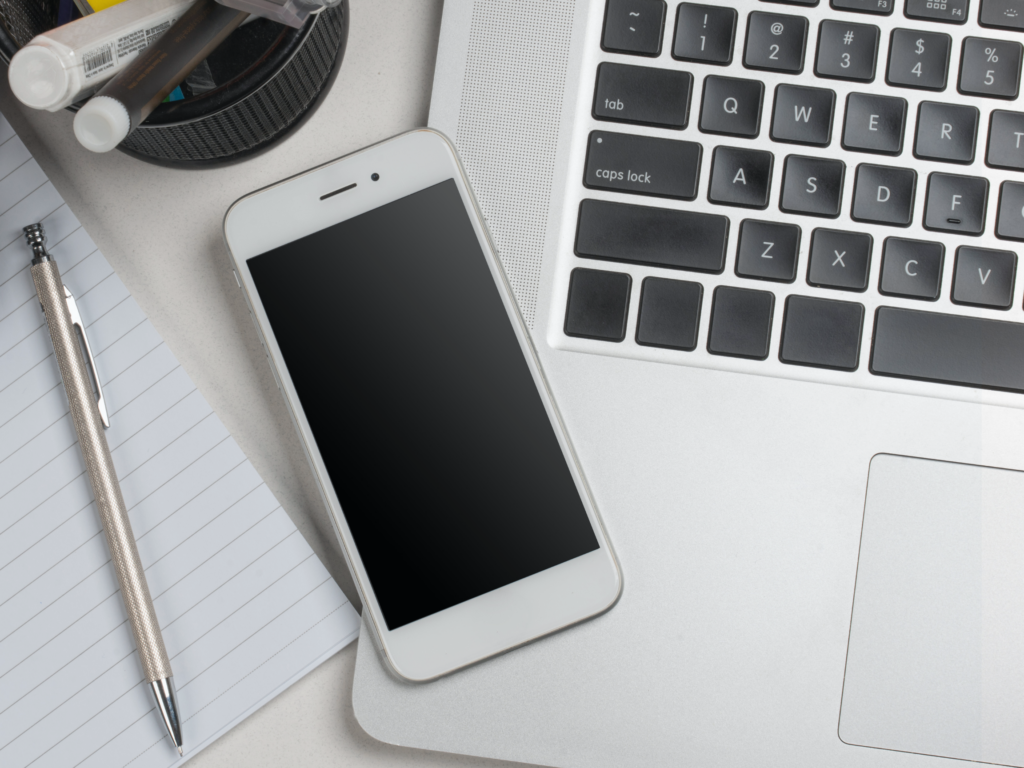LiFePO4 12v batteries are commonly used seasonally, such as when camping in summer or traveling to unknown places in winter, and then stored for extended periods of time during the off-season. When storing LifePO4 batteries, it is important to store them properly to ensure they are not damaged and maintain their best performance for many years. Whether you are a full-time vanlifer or a weekend warrior, keeping your batteries healthy is key to not having issues on the road with your electrical system.

What are LiFePO4 Batteries?
LifePO4 batteries are lithium-ion batteries that are used as a battery bank to provide electricity when you are not near a typical 110-outlet power source in a home. They are often incorporated into off-grid power systems for adventure rigs, boats, tiny homes, and even golf carts!
Lithium-ion batteries are more expensive than typical AGM batteries but are well worth the investment. Lithium deep-cycle batteries are known for their longevity, dependability, and ability to utilize more stored power without damaging them. AGM batteries can be damaged once they get below fifty percent capacity and may not recharge to full capacity if damaged.

Where Can You Find LifePO4 Batteries?
Now that you’re sold on LifePO4 lithium-ion batteries, where do you get them? Maxworld Power has you covered, and they even have a great power output chart available to help you determine how many batteries you should get!

How Do You Store LiFePO4 Batteries?
How you store your LiFePO4 battery 12v system depends on the temperature of the storage space and how long they will be stored. We recommend the following for how to store LiFePO4 12v batteries:

Storage temperatures can range anywhere from -5 to +35°C (23 to 95°F), depending on how long you store them.
- Up to 1 month: -20 to +60°C (4 to 140°F)
- Up to 3 months: -10 to +35°C (14 to 95°F)
- Over 3 months: +15 to +35°C (59 to 95°F)
It is strongly recommended to store lithium batteries indoors during the off-season. It is also recommended to store LiFePO4 batteries at a state of charge (SOC) of approximately 50% or higher. If the battery is stored for a long time, cycle the battery at least once every six months. Do not store discharged batteries.
Disconnect Before Storing LiFePO4
Many customers have a main switch to disconnect the battery power. We recommend that you take additional measures to ensure that the battery is truly disconnected. This is because many camper vans still have components running in the background, such as carbon dioxide sensors, backlit stereos, or other emergency sensors that may bypass the main disconnect switch.
The best way to store the battery is to physically disconnect the main positive and negative wires from the LiFePO4 lithium battery. This will ensure that the batteries will not discharge during storage, and when you use them again, they will have enough power.
LiFePO4 batteries have a low self-discharge rate of 2% per month. This means that when lithium batteries are stored, they lose 2% of their charging capacity every month. We recommend disconnecting all power from the battery to prevent a higher discharge rate.
When you store LiFePO4 batteries, it is important to store them with a state of charge (SOC) of 50% or higher. When storing for a long time, using a higher charge state is recommended. If you want the batteries to maintain a good charge after the storage period is over, you should charge them to 100% and store them in a fully charged state.
How to Store LiFePO4 Batteries in Cold Weather
We do not recommend storing lithium batteries in extremely cold temperatures for a long time, as this may cause the battery pack’s casing to crack. In addition, high temperatures exceeding 60°C (140°F) may also damage other components in the battery pack, so it is best always to avoid high temperatures for long periods. It is always recommended to store lithium batteries indoors and at room temperature.
Risks of Storing Your LiFePO4 Battery with a Low Charge
You will have major negative consequences if you store the LiFePO4 battery without at least a fifty percent charge. Due to the 2% self-discharge rate, the battery may be over-discharged. The discharge level may be lower than the level that the BMS can protect. This is why it is very important to charge the lithium battery before storing it.
It is strongly recommended that you also store the lithium battery at room temperature, as we discussed earlier in the article when it is stored for a long time. Excessive discharge of the battery due to storage uncharged can cause permanent damage and void the battery’s warranty.
Power Output of LifePo4 12v Batteries
How long a LifePo4 12v lithium-ion battery lasts will depend on the draw of the electrical current the item you’re using pulls. Knowing how much power the appliance needs is important so you don’t drain your battery unexpectedly.
The easiest way to determine how long your LifePo4 batteries will last is by utilizing a simple math equation:
Power (W) = Current [or amps] (I) × Voltage (V)
Breaking it down further, if you have one 100AH LifePo4 12v lithium-ion battery that is fully charged, it can provide 100 amps of electrical current for 1 hour or 1 amp of electrical current for 100 hours. So what can you actually power, and how long will it last?
Knowing that we have a 100ah, 12w battery, and using the formula above, we determine that we have 1200 watt-hours of electricity available. (100Ah 12V Battery Capacity = 100Ah × 12V = 1,200Wh)
You can run a 1200w appliance for one hour or an item that pulls 100w for 12 hours. The following equation can be used to calculate how long your batteries will last, depending on the capacity of the battery and the electric draw of the item being used:
100Ah Battery Run Time = Battery Capacity / Appliance Wattage (if you have multiple batteries, ensure you use the total Ah available in your battery bank)
Here’s an example:
100Ah Battery Run Time = 1200Wh / 400W = 3 Hours
Cold Weather Performance
When discharging LiFePO4 batteries at extremely cold temperatures (below 0 degrees Celsius), the capacity loss may occur. For example, a 12V 100Ah LiFePO4 battery may only provide 90Ah, 80Ah, or even 70Ah at freezing temperatures, depending on how cold it is.
This is normal for LiFePO4 batteries and only temporary. When the battery warms up, the full capacity will be restored. At 0°C, the battery can provide about 80Ah hours of current. At -20°C, the battery’s available capacity drops to approximately 70Ah.
Charging LiFePO4 batteries at freezing temperatures will cause lithium plating, which is a dangerous phenomenon that may cause a short circuit. This is why all Maxworld Power LiFePO4 batteries have a built-in BMS, or building management system (controller) to prevent charging in cold weather. The BMS is also responsible for preventing other factors, including:
- High-temperature charging
- Overcharge
- Over-discharge
- Internal short circuit

Cold Weather Lithium Battery
If you don’t want to face potential capacity loss in freezing temperatures and want to be able to charge LiFePO4 batteries in cold weather, please check out our low-temperature lithium batteries. They have a cold weather rating and are designed for the cold climate of Canada. The battery can be safely charged and discharged at temperatures as low as -20°C (-4°F).
The Maxworld LiFePO4 12v battery has a built-in heating system that uses proprietary technology to obtain power from the charger itself. No additional components are required. The entire heating and charging process is completely seamless.
Once you try to charge below 0°C, the heating system will automatically activate and automatically deactivate when it is no longer needed. The heating system does not take electricity from the battery, but from the charger to ensure that the battery does not discharge by itself. Just insert the battery into the lithium charger, and the internal heating and monitoring system can complete the rest.
Discharging LiFePO4 at low temperatures will reduce the efficiency in terms of battery output capacity. Our proprietary technology solves this problem. When discharging lithium at freezing temperatures, the heater draws energy from the battery to activate and heat the battery to ensure maximum capacity. The maximum discharge rating of Maxworld LiFePO4 is not affected by temperature.
In cold weather, up to 4 units of lithium batteries can be connected in series or in parallel. Series connection will increase the voltage, while parallel connection will increase the amperage.
Summing Up How to Store LifePo4 Batteries
All in all, how you store your LiFePO4 12v batteries depends on the temperature and time you store the batteries. The battery will last longer and operate more efficiently when you store lithium-ion phosphate batteries properly. By following the steps outlined in this article, your LiFePo4 lithium-ion batteries will be ready for your next camper van excursion!
Post Sponsored by https://maxworldpower.com/


